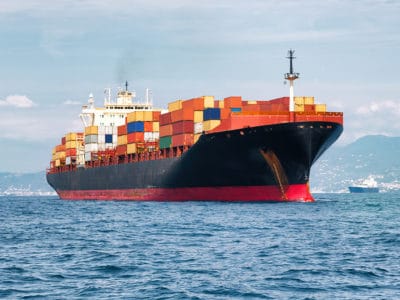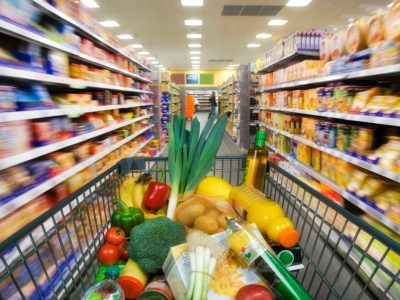Using machine-learning algorithms to empower systems analysis

In regard to creating and analyzing data, classification and downscaling machine-learning algorithms were tested with applications to vegetation mapping ([1] and [2]). Maps depicting geographically explicit data based on satellite images are an important tool to inform the sustainable management of natural resources. Low quality of images due to, for example, clouds, creates challenges for robust classification. In a study reported in [1], IIASA researchers tested a novel approach employing fully convolutional neural networks to map industrial oil palm plantations. In a case study of Kalimantan, this method significantly outperforms other state-of-the-art classification methods and is robust to spatial and temporal shifts of input data. It may also be a useful tool for yearly monitoring of oil palm expansion.
In another study, IIASA researchers used machine learning for downscaling crop yield estimates coming from global gridded crop models. Because of low data availability and high computational demands, these models typically operate at coarse spatial resolutions while higher resolution estimates are needed to inform decisions at regional and local scales. To enable appropriate downscaling, IIASA researchers explored two machine-learning approaches – extreme gradient boosting and random forests [2]. An exemplary application for Mexico displayed very high accuracy for predictions of maize yields. This suggests that these methods can be highly suitable for spatio-temporal downscaling and have potential for further developments towards scalable crop model emulators.
In regard to the development of new tools to support efficient and feasible modelling, IIASA researchers pioneered the use of reinforcement learning for model linkage ([3] and [4]). Producing integrated solutions that deliver on multiple dimensions of sustainability requires integrated modeling to link sectorial and regional models together, while respecting joint resource constraints. This is, however, a tedious task that may often not be feasible due to models being owned by separate teams and implemented in different environments. To address this, IIASA researchers proposed a distributed model linkage architecture [3] in which a “linker agent” learns to “think globally” and optimize common overarching goals by interacting with individual interdependent models. The linker agent implements a reinforcement-learning algorithm, specially designed for a multi-agent and multi-objective setting. The approach was applied in a study to optimize the drinking water network of Barcelona [4], and is currently being used as part of the Food, Agriculture, Biodiversity, Land, and Energy (FABLE) project.
References
[1] Baklanov A, Khachay M, & Pasynkov M (2019). Fully Convolutional Neural Networks for Mapping Oil Palm Plantations in Kalimantan. In: Learning and Intelligent Optimization. Eds. Battiti, R., Brunato, M., Kotsireas, I. & Pardalos, P., pp. 427-432 Cham, Switzerland
[2] Folberth C, Baklanov A, Balkovic J, Skalsky R, Khabarov N & Obersteiner M (2019). Spatio-temporal downscaling of gridded crop model yield estimates based on machine learning. Agricultural and Forest Meteorology 264: 1-15
[3] Javalera Rincón V, Cayuela VP, Seix BM, Orduña-Cabrera F (2019). Reinforcement Learning Approach for Cooperative Control of Multi-Agent Systems. In: Proceedings of the 11th International Conference on Agents and Artificial Intelligence (ICAART 2019), pp. 80-91 Porto, Portugal: ICAART
[4] Javalera Rincón V, Cayuela VP, Seix BM, & Orduña-Cabrera F (2019). Cooperative Linker for the Distributed Control of the Barcelona Drinking Water Network. In: Proceedings of the 11th International Conference on Agents and Artificial Intelligence (ICAART 2019). pp. 560-567 Porto, Portugal: ICAART





